Press
Repsol posts net income of €1.177 billion through september
Net income totaled €1.177 billion in the first nine months of the year. Adjusted income, which specifically measures business performance, amounted to €2.173 billion.
Press Release
30 October 2025
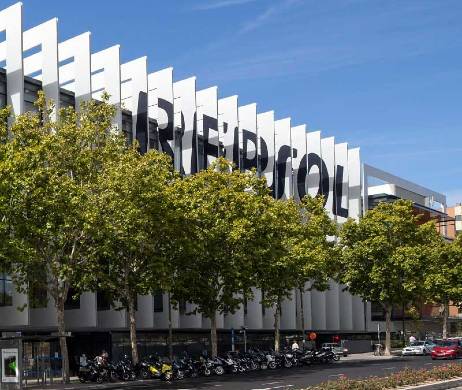
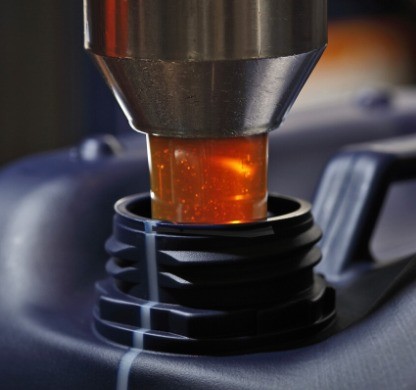
Repsol partners with MotoGP™ to become the exclusive lubricant supplier for Moto2™ and Moto3™
The energy company has signed a technology agreement with the organizer of the MotoGP World Championship, as part of Repsol's ambitious strategy to expand its lubricants business.
Press Release
21 October 2025
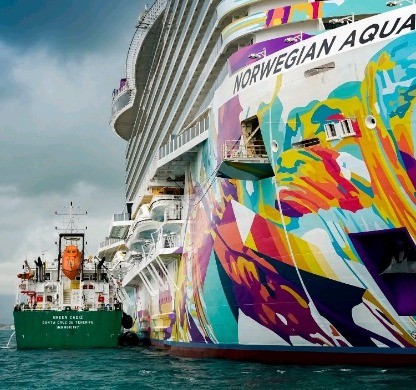
Repsol and Norwegian Cruise Line Holdings sign long-term agreement to supply renewable fuels in Barcelona
This 8-year collaboration positions both companies at the forefront of the energy transition within the cruise and maritime sectors.
Press Release
20 October 2025
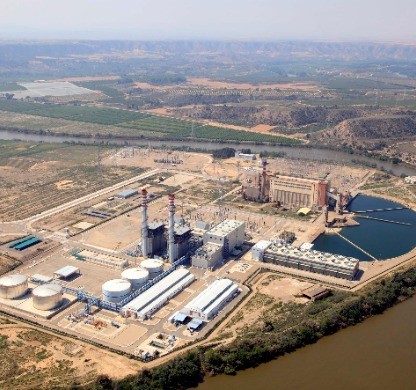
Repsol and Forestalia promote Spain's largest power hybridization project
Repsol's combined cycle power plant in Escatrón (818 MW), Zaragoza (Spain), will be hybridized with fifteen wind farms with a combined installed capacity of 805 MW acquired from Forestalia.
Press Release
16 October 2025

Repsol launches intelligent multi-agent platform, consolidating it as a global AI leader in the energy sector
The company has taken another step forward in its digitalization process by launching a platform for building intelligent agents that makes it easier for employees to reinvent workflows and improve their productivity.
Press Release
15 October 2025
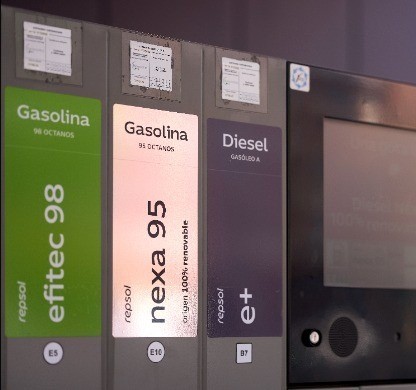
Repsol pioneers industrial-scale production of 100% renewable gasoline
Repsol has achieved a new technological milestone by producing gasoline from 100% renewable sources on an industrial scale. This milestone, achieved at its Tarragona complex, positions Spain and the company at the forefront of the energy transition.
Press Release
08 October 2025
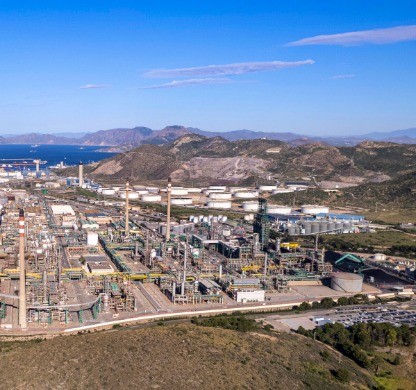
Repsol to build its first large-scale renewable hydrogen plant in Cartagena
Repsol continues to make solid progress in its strategic plan and has given the green light to its first large electrolyzer, with 100 MW of capacity, at the company’s industrial complex in Cartagena in eastern Spain. The facility will be able to produce up to 15,000 tons of renewable hydrogen per year.
Press Release
30 September 2025
Multimedia gallery
images image






Contact us
Contact us
Have any questions? Get in touch with us and our agents will help you.